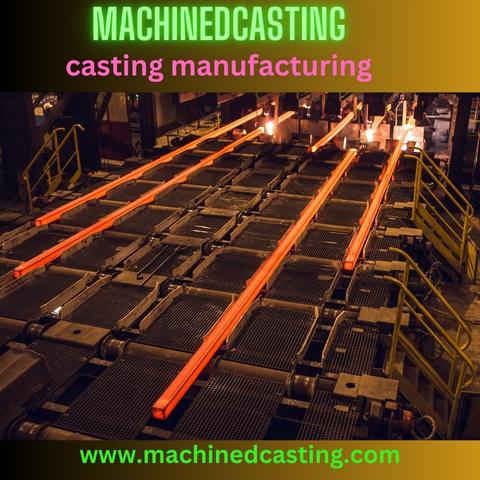Casting manufacturing is a crucial process in various industries, including automotive, aerospace, construction, and more. It involves shaping molten metal into complex forms through molds. This guide aims to provide a detailed overview of casting manufacturing processes, techniques, materials, and considerations to achieve optimal results.
-
Understanding Casting Processes:
- Casting processes vary based on the method used, such as sand casting, investment casting, die casting, etc.
- Sand casting involves creating molds using sand, while investment casting uses wax patterns.
- Die casting utilizes metal molds, often made of steel, to shape molten metal under high pressure.
-
Material Selection:
- Material selection is critical and depends on factors like strength, durability, temperature resistance, and cost.
- Common casting materials include aluminum, iron, steel, brass, and copper alloys.
- Each material has its own casting properties and suitability for specific applications.
-
Mold Design and Preparation:
- Mold design involves considering factors like part geometry, material flow, cooling rates, and mold life.
- CAD software is often used for precise mold design, ensuring accuracy and efficiency.
- Proper mold preparation, including cleaning and coating, is essential to ensure quality castings.
-
Melting and Pouring:
- Melting involves heating the metal to its molten state, typically in a furnace or induction heating system.
- Temperature control is critical to achieve desired metallurgical properties and prevent defects.
- Pouring the molten metal into the mold requires skill to ensure complete filling and avoid air entrapment.
-
Cooling and Solidification:
- Controlled cooling rates are essential to prevent defects like shrinkage, porosity, and cracks.
- Proper gating and riser design help facilitate uniform cooling and minimize defects.
- Post-solidification processes may include heat treatment or stress relieving to enhance mechanical properties.
-
Finishing and Inspection:
- After cooling, castings undergo various finishing processes like grinding, machining, and surface treatment.
- Inspection is crucial to ensure dimensional accuracy, surface finish, and integrity.
- Non-destructive testing methods such as X-ray, ultrasound, and magnetic particle inspection are employed for quality assurance.
-
Environmental and Safety Considerations:
- Casting manufacturing processes may involve hazardous materials and emissions.
- Proper ventilation, waste management, and safety protocols are essential to ensure worker health and environmental protection.
- Compliance with regulatory standards and certifications is necessary for sustainable and responsible manufacturing practices.
Conclusion: Mastering casting manufacturing requires a deep understanding of processes, materials, design principles, and quality control measures. By following best practices and continuous improvement, manufacturers can produce high-quality castings that meet the demands of diverse applications while prioritizing safety and sustainability.


No comments yet